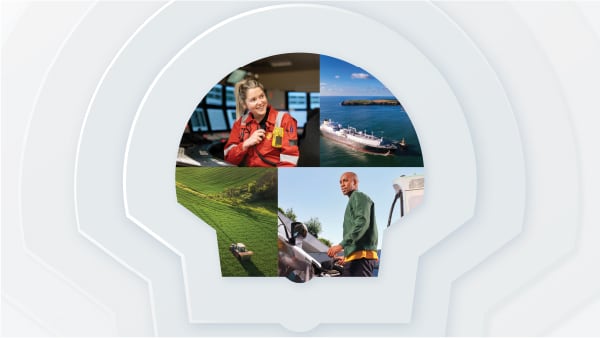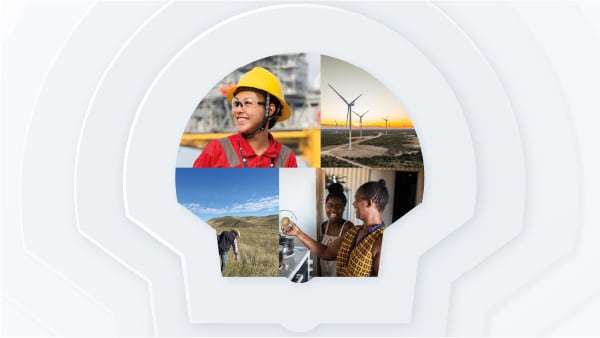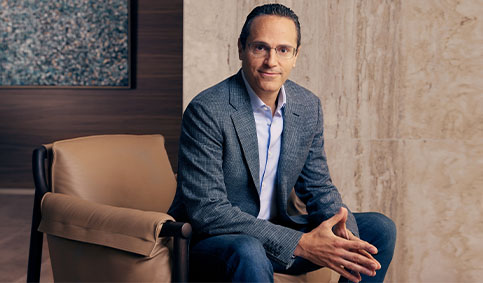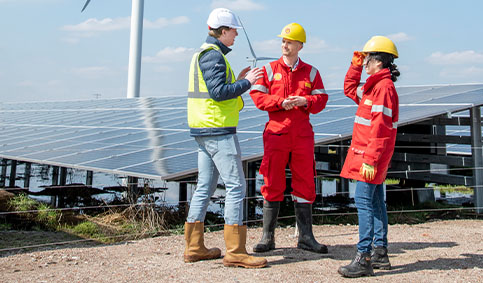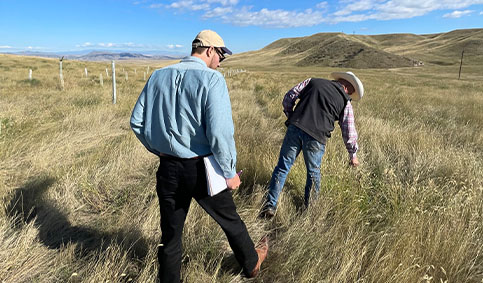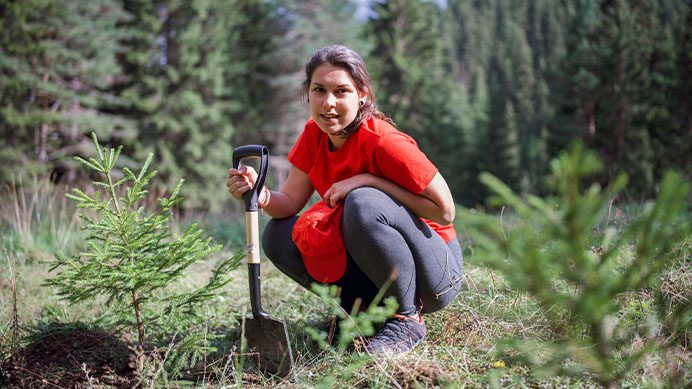Carbon credits including from nature-based solutions
As part of our ambition to become a net-zero emissions energy business by 2050, we are working to reduce emissions from our own operations and from the fuels and other energy products, such as electricity, we sell to our customers. For remaining emissions, we offer and use high-quality carbon credits, including from nature-based solutions.
To help us do that, we invest directly in natural ecosystem projects to increase the supply of carbon credits and help meet growing demand.
Nature-based solutions protect and enhance natural ecosystems ― such as forests, grasslands, wetlands and coastal zones ― or improve agricultural sustainability by absorbing or preventing the release of greenhouse gases.
We aim to work with or invest in nature-based projects that have robust environmental and social safeguards while also creating net-positive impacts on biodiversity and for local communities. We select projects that are certified under credible and independent carbon credit standards. These include the Verified Carbon Standard, Gold Standard and the American Carbon Registry. We do this to ensure that the carbon credits are real and verifiable, and that issues such as permanence, additionality and leakage have been adequately considered.
We also buy carbon credits generated by other nature-based projects and by technologies. We carefully source and screen the credits we purchase and retire from the market.
Our performance
In 2023, which was a turbulent year for the voluntary carbon market, we continued to build a portfolio of high-quality nature-based and non-nature-based projects with long-term commitments. We deployed $86 million: $52 million for nature-based projects and $34 million for technology-based projects that generate carbon credits.
For 2023, we retired around 21.8 million carbon credits, of which 20 million credits are included in our net carbon intensity and 1.8 million credits are associated mainly with the sale of non-energy products and Shell’s business travel (one carbon credit represents the avoidance or removal of 1 tonne of CO2). These numbers exclude direct carbon trading activities.
In 2023, in the USA, we launched Greenline Climate with the Spatial Informatics Group to provide development services for projects generating forest carbon credits. We also invested in carbon sequestration developer Kateri to help livestock farmers protect and restore grasslands and earn carbon credit revenues through sustainable land and grazing management.
In India, Shell is providing finance for one of the largest household efficiency programmes globally. The programme aims to replace inefficient incandescent light bulbs with energy-efficient LED bulbs for more than 8 million households, generating carbon credits that Shell can offer to its customers.
Read more about nature-based solutions at www.shell.com/energy-and-innovation/new-energies/nature-based-solutions.

